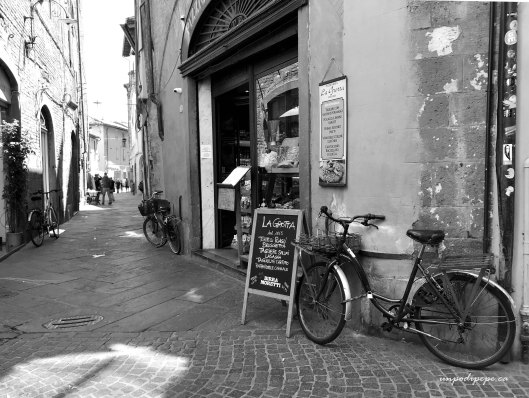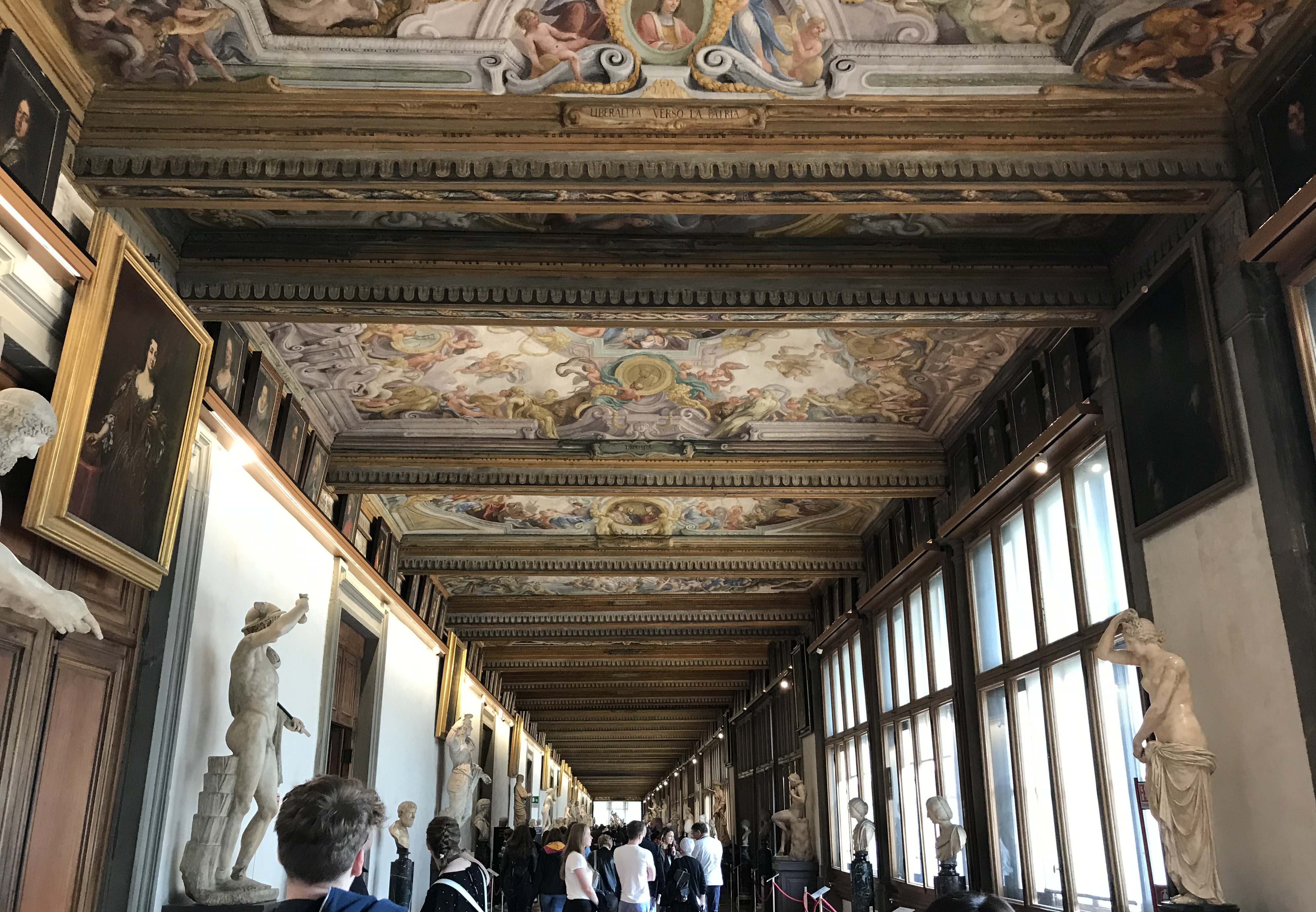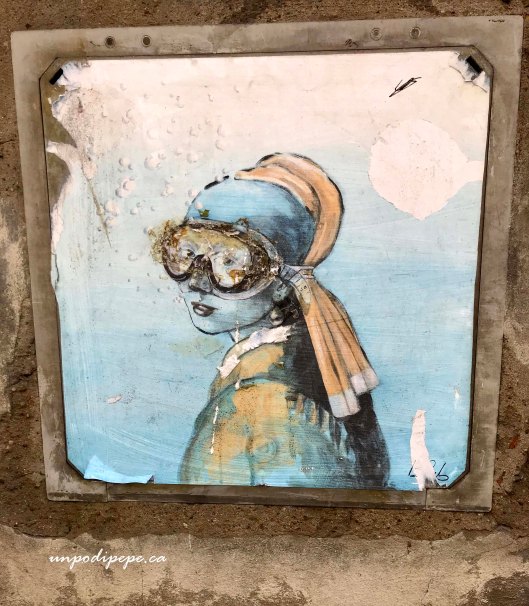Tags
Accademia della Crusca, Dante, Dante Alighieri, Firenze, Italian history, Italian language, Italian literature, La Divina Commedia
 2021 is the 700th anniversary of the death of Dante Alighieri. Dante is known as the ‘Father of the Italian Language’. His most famous work La Divina Commedia (The Divine Comedy) is considered a masterpiece, the first and still the greatest work of literature in the Italian language and a precursor to modern fiction. In the late medieval period, Latin was the only language for education, literature and religion. La Divina Commediawas the first major work written in a language of ordinary speech or vulgare, the way people actually spoke at home. Dante combined Tuscan and other dialects, including Sicilian and Latin, establishing the modern Italian language. Even though La Divina Commedia was written in 1308-20 the language is understandable today.
2021 is the 700th anniversary of the death of Dante Alighieri. Dante is known as the ‘Father of the Italian Language’. His most famous work La Divina Commedia (The Divine Comedy) is considered a masterpiece, the first and still the greatest work of literature in the Italian language and a precursor to modern fiction. In the late medieval period, Latin was the only language for education, literature and religion. La Divina Commediawas the first major work written in a language of ordinary speech or vulgare, the way people actually spoke at home. Dante combined Tuscan and other dialects, including Sicilian and Latin, establishing the modern Italian language. Even though La Divina Commedia was written in 1308-20 the language is understandable today.
La Divina Commedia is a 3 part epic poem written in the first person, emphasizing the importance of salvation and Divine love in the redemption of humanity. It explores Dante’s imaginary trip to Paradiso (Heaven), passing through L’Inferno (Hell) and Purgatorio (Purgatory). It is also a critique of famous figures of his time. The work is filled with historical, mythological and biblical references and discusses politics, religion, science, ethics and love. La Divina Commedia does not contain jokes nor is it funny. The reason it is termed a commedia is because it is not a tragedia (trajedy) and it has a happy ending.
Dante was born in Firenze in 1265. He studied philosophy, poetry, and was also an apothecary-a medieval pharmacist. This is not as strange as it sounds, since nobles in public office had to belong to one of the city guilds and books were sold by apothecaries at the time. He married Gemma Donati in 1285 and they had 3 children. Dante’s family was involved in the Guelfi/Ghibellini (Guelph/Ghibelline) power struggles. The Guelfi supported the Papacy and the Ghibellini supported the Holy Roman Emperor -even though there was not one at the time.
The Guelfi split into 2 groups because the Pope kept interfering with internal matters in Firenze. Guelfi Bianchi (White Guelphs) did not want the Pope involved in city politics and Guelfi Neri (Black Guelphs) supported complete Pope authority. Dante’s family were Guelfi Bianchi. In 1302, while Dante was in Roma as an ambassador, Firenze was occupied by the Guelfi Neri. The Guelfi Bianchi, including Dante and his sons, were exiled. A few years later, other Guelfi Bianchi in exile were pardoned- but not Dante. He was quite the badass in exile and burnt his bridges by writing many nasty letters. Dante was offered amnesty in 1315, but it came with conditions and a heavy fine, which he was not able to pay.
Dante wrote La Divina Commedia while in exile and ruthlessly sends everyone responsible for his banishment to eternal damnation in L’Inferno. He put a lot of effort and imagination into coming up with the horrible details! If Dante were alive today, he would probably be writing political satire.
Dante never did return to his beloved Firenze. He stayed in Roma, then moved to Ravenna, where he completed Paradiso in 1320 and died of malaria Sept 14th 1321. He is buried in the church of San Francesco. Jacopo Alighieri (1289-1348), also a poet, regained possession of his father’s confiscated property in 1343.
Firenze regretted Dante’s exile, and repeatedly asked Ravenna for his remains. A tomb was even built in 1829 in Santa Croce but all requests were refused and the tomb is empty. In June 2008, Firenze finally passed a motion rescinding his sentence and exile. As my Mamma says ‘meglio tardi che mai’-Better late than never!
700th anniversary celebrations are happening throughout 2021, although most of them will depend on ever changing COVID 19 restrictions. There is a website for all of the 700 Dante Firenze festivities. A few examples:
La Divina Commedia is as relevant today as it was in 1320. I will leave you with an encouraging message of hope from the final phrase of l’Inferno…
‘e quindi uscimmo a riveder le stelle’– ‘hence we came forth to see the stars again’
Ciao, Cristina






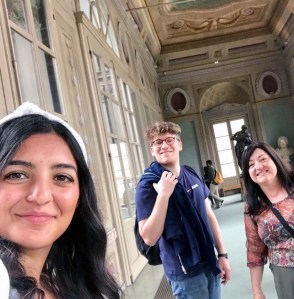





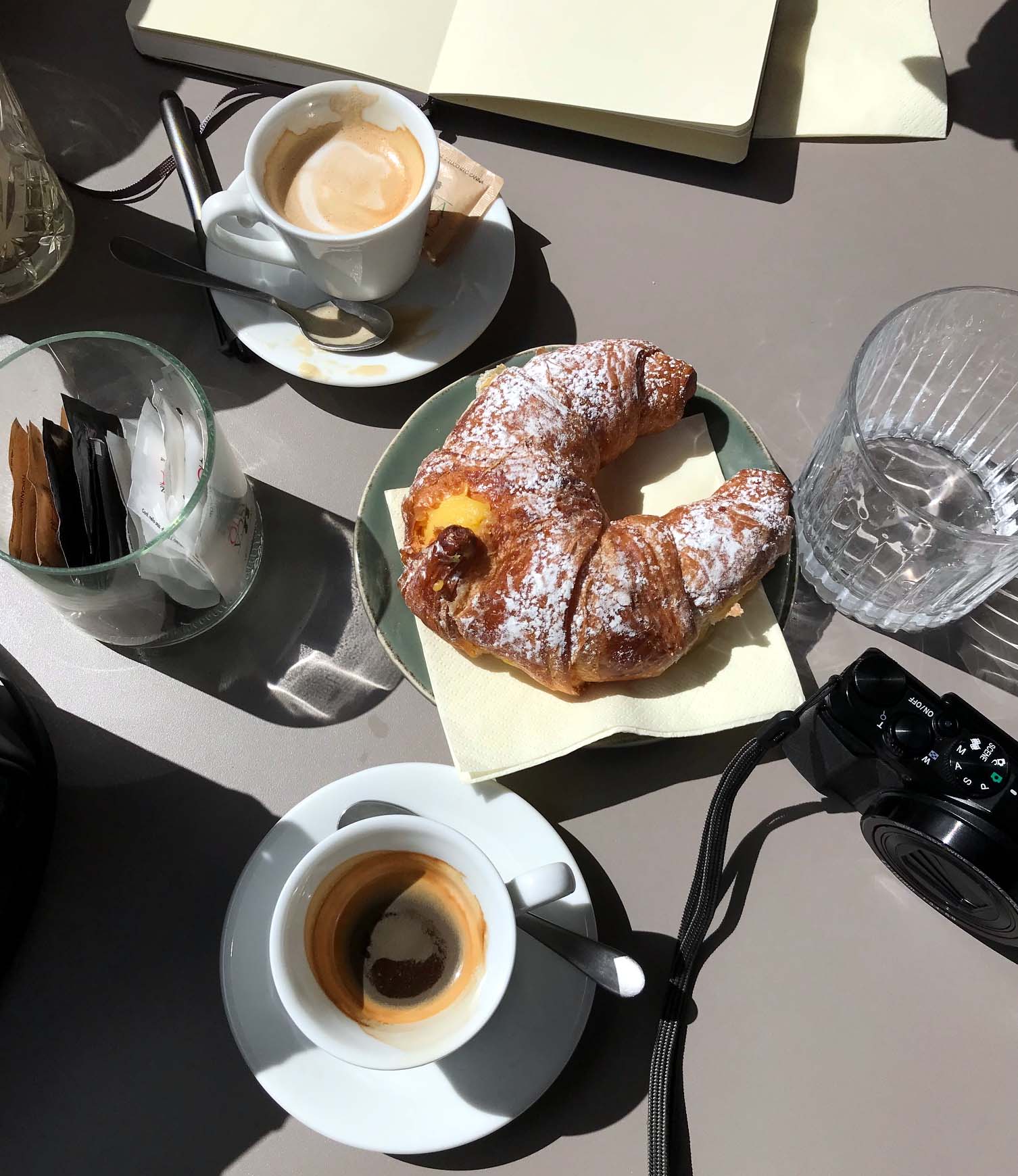 We had caffè at a different place every morning, including Caffè degli Artigiani in Piazza della Passera, Bar d’ Angolo in Porta Romana, one of my old favourites I Dolci di Patrizio Cosi, and one place way too close to Ponte Vecchio. They were all wonderful! Isabella kept track of the cost of a cornetto and 2 caffè lunghi…..as expected, she found the price decreased and the quality increased the farther out we went! Valuable life lessons!
We had caffè at a different place every morning, including Caffè degli Artigiani in Piazza della Passera, Bar d’ Angolo in Porta Romana, one of my old favourites I Dolci di Patrizio Cosi, and one place way too close to Ponte Vecchio. They were all wonderful! Isabella kept track of the cost of a cornetto and 2 caffè lunghi…..as expected, she found the price decreased and the quality increased the farther out we went! Valuable life lessons!



